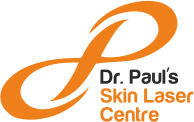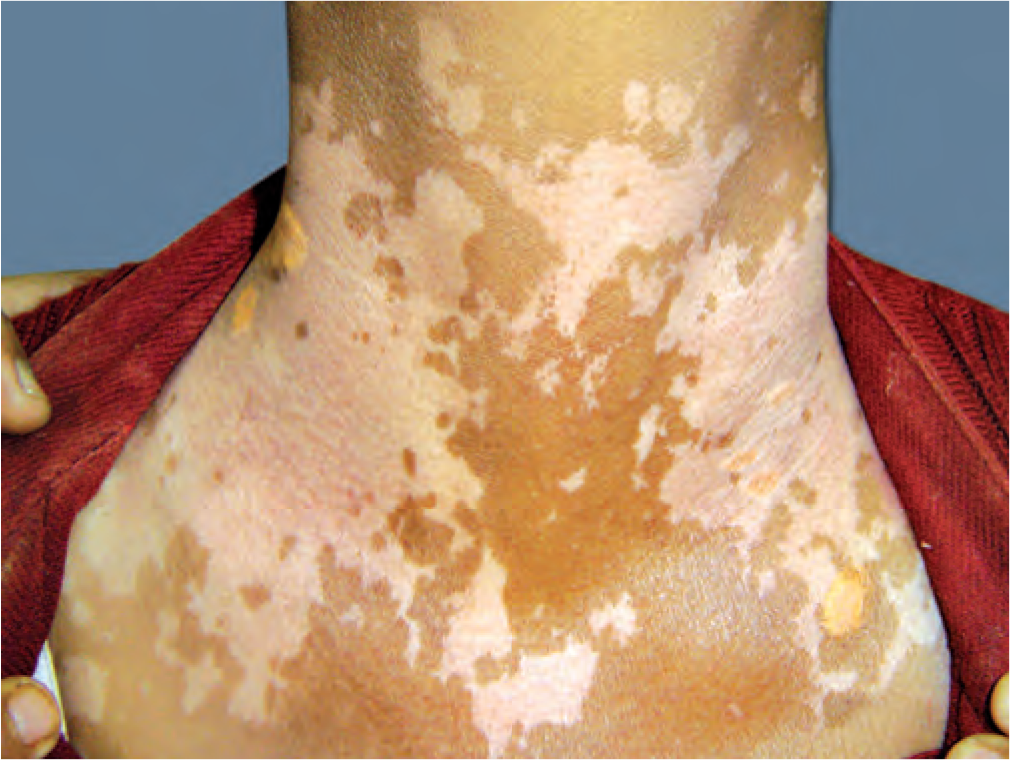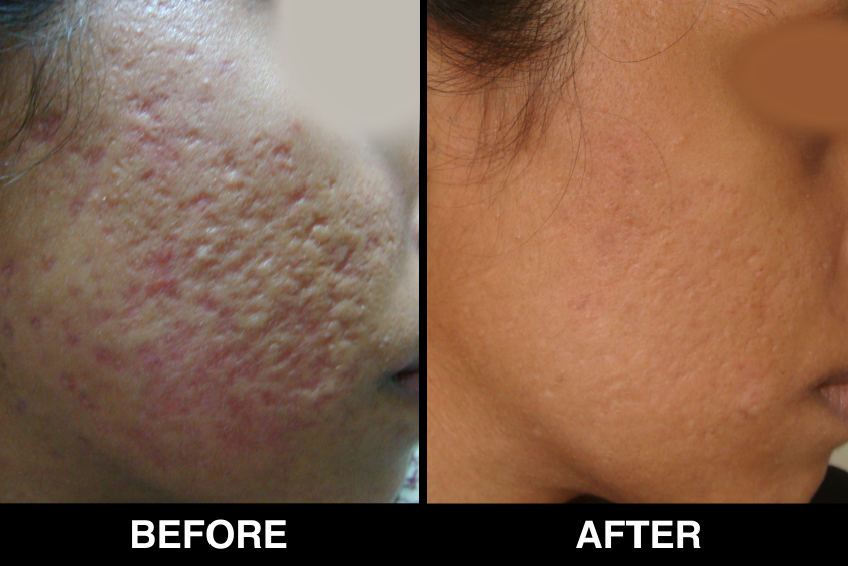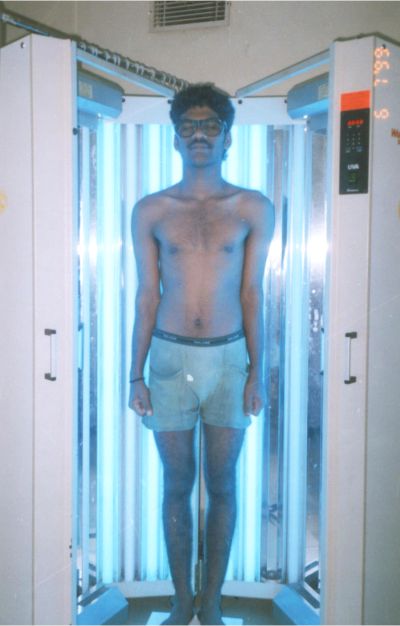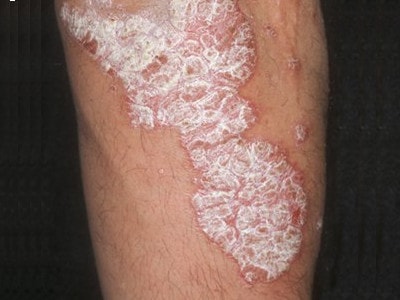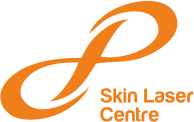Stretch Marks
Stretch marks are long, narrow streaks, stripes or lines that develop on the skin and which differ in hue from the surrounding skin. Stretch marks typically appear as bands of parallel lines on your skin.
Stretch marks are also called striae distensae, SD, striae, striae atrophicans and striae gravidarum. They are dermal scars or disfiguring lesions characterized by flattening and atrophy (wasting or degeneration) of the epidermis (the outermost layer of the skin).
Stretch mark Treatment
Stretch mark is very common in pregnant women. Nearly three in four women will develop stretch marks on their legs, abdomen, hips, and other areas of the body affected by weight gain during pregnancy.
– Medicines: Retinoid cream. Derived from vitamin A, retinoids — such as tretinoin (Retin-A, Renova, Avita) — that you apply to your skin may improve the appearance of stretch marks less than a few months old. Tretinoin, when it works, helps to rebuild collagen, making the stretch marks look more like your normal skin. Tretinoin can irritate your skin.
– CO2 Fractional Lasers: In this procedure, Laser energy micro beams are used to break down the skin tissue in small areas, triggering the growth of new, healthy skin over the affected area. Essentially, the laser creates mini wounds and allows the body to naturally heal them, producing collagen and epithelium to aid the process.
– PRP: In this procedure, PRP is injected into the collagen under the skin using one inch spacing along a horizontal line. The lines are separated by about 1 ½ inches vertically. These injections of PRP release their growth factors and cells into the area of stimulated collagen. After the PRP is injected into the area, more PRP is used as a topical covering. The PRP is mixed with Thrombin JMI to create a gelatinous gel, which is the biological base and is the same biological makeup as living tissue.
– Dermaroller: Dermaroller or ‘micro needling’ is the name given to a device which is used to repair or revitalize damaged skin. It does this by stimulating growth in two essential proteins in the skin – collagen and elastin. The dermaroller contains 192 tiny needles (on a standard dermaroller) which penetrate both the epidermis (outer) and dermis (inner) layers of the skin. This causes tiny wounds but no blood is drawn and these wounds will heal as per normal. This healing includes the production of collagen and elastin –two proteins in the skin which ensure that our skins remain flexible, supple and strong.
Stretch Mark FAQ’s
Stretch marks, or Striae distensae (Striae gravidarum when related to pregnancy), are a natural dermatological skin condition that are often the result of rapid and sustained stretching of the skin.
Stretch marks can appear as a result of pubescent growth spurts, pregnancy, weight gain, increase in muscle mass, oral corticosteroids, topical steroids, genetically caused hormonal imbalances, or adrenal gland diseases such as Cushing’s syndrome or Cushing’s disease.
You may experience a temporary redness and swelling of the stretch marks which could last a few days.
Laser treatments are currently the most effective treatment options for stretch marks. The type of laser used depends on the state of scarring. If stretch marks are still pink, red or purple, the V-Beam pulsed dye laser is the best treatment option.
Compared to waxing, hair reduction is permanent, less painful and nearly as fast. Hair is also not required to grow out before treatment. Compared to electrolysis, it is significantly less painful, significantly faster, not technique dependent, and far more cost effective. Compared to other Laser hair removal systems, it is much less painful, is safe for any skin type, and provides similar or better effectiveness.
Laser hair removal is a procedure which removes hair from the body utilizing a long pulse laser. Laser hair removal lasers have been in use since 1997. The treatment is performed by a specially-trained laser specialist or a doctor (depending on the clinic and state regulations) by pointing the laser device at shaved skin. Laser heat disables follicles from producing hair.
Hair grows in cycles. Since various hairs will enter their growth cycle at different times, about 6-8 treatments at intervals of 8-12 weeks are necessary to disable most of the follicles in a given area.
Expect to see an improvement in both the tone and texture of your stretch marks.
The absolute most important action you can take to prevent stretch marks is to maintain healthy skin. This includes drinking plenty of water, eating a balanced diet rich in Vitamins A and E, exercising, and limiting your exposure to the sun's damaging ultraviolet rays.
The only type of treatment that is proven to successfully address deep stretch mark is the CO2 fractional laser.
That depends purely on your stretch mark condition. Most people need four to eight treatment sessions to reach desired results.
Book An Appointment






